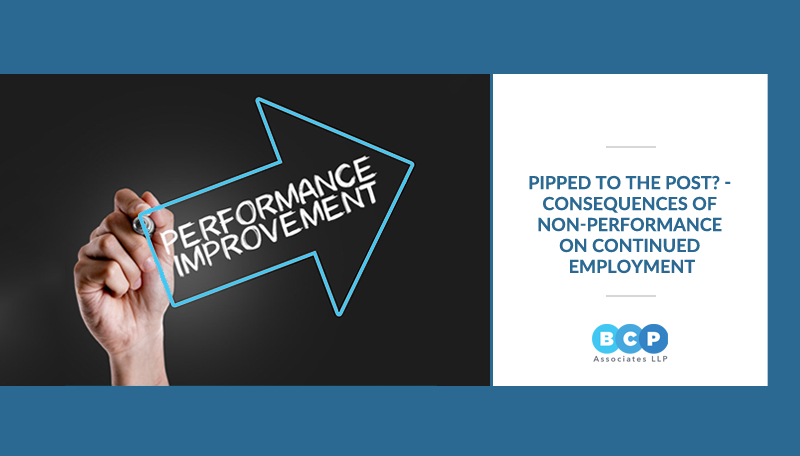
Reductions in force (RIF) have seemingly become rampant, particularly in the IT/ITeS/BPO industries, with many companies letting go of their employees for the stated reason of poor employee performance. Recently, the Indian Edtech company Byju’s made headlines for issuing performance notices to 5000 employees for not meeting their sales target.
On the same lines, earlier this year, Unacademy, also an edtech company, dismissed 150 employees in its sales and marketing team after initiating a performance improvement plan.
Google has joined this list. It is reported that Google will use a ranking system to analyse the performance of employees and is looking at letting go six percent of its workforce.
Other global tech giants like Meta (formerly Facebook) and Amazon have announced layoffs of 11,000+ and 10,000+ respectively. Cisco has announced a layoff of 4000+ employees and has termed it as a “rebalancing” effort. Several employees in their Indian offices will be affected by these layoffs and employers are using targets, performance and ranking systems as means to reduce their workforce.
The bogey of termination of service for poor performance has therefore arisen in the popular imagination amongst employees and employers alike, with Performance Improvement Plan (‘PIP’) seen as the first step towards the termination of employment and one of the firing mechanisms commonly adopted by employers as a means to get around the stringent requirements of law in the matter of termination of employees.
But is PIP the devil that it is made out to be? One definition describes PIP as “a document that aims to help employees who are not meeting job performance goals” and which “covers specific areas of performance deficiencies, identifies skills or training gaps and sets clear expectations for an associate’s future conduct” with objectives that must be met with a reasonable to high degree of diligence, accuracy and perfection in a time bound manner. Another states that PIP is “a tool to give an employee with performance deficiencies the opportunity to succeed. It may be used to address failures to meet specific job goals or to ameliorate behaviour-related concerns”.
Typically, how it works in the industry is that the employer subjects the employee to performance assessments and puts him or her on a performance plan varying from three months to six months. Contrary to popular belief, therefore, the primary objective of the Performance Improvement Plan is not to eliminate the employee from employment or even to initiate the process of termination.
The Legal Framework Around PIP And Non-Performance
There is no law which governs PIP and it is purely based on company policy and the employment contract. Most employers have a clause in the appointment letter which allows the employer to terminate the employment of the employee on account of poor or unsatisfactory performance, usually following PIP.
Therefore, the structure of the PIP policy and the process followed by the company during the PIP process are critical in decision making by the employer with respect to dealing with such employees.
Can Non-Performance Be Treated As Misconduct?
When the non-performance by the employee is not deliberate and is due to he/she being incompetent, and lacking the ability to understand and perform the tasks assigned to him / her, such non-performance cannot be termed as misconduct.
However, in the event the employee deliberately performs poorly or refuses to perform his duties as per the job requirement, e.g repeated failure to complete a day’s assigned tasks, such action may be treated as ‘misconduct’ and the company may initiate appropriate disciplinary action in accordance with its policy. Further, such deliberate non-performance by the employee would not qualify for PIP. Especially in the manufacturing sector this is called a ‘go-slow’ and is generally a mass action.
What action or omission during the performance of work by the employee amounts to misconduct and what does not is a thin line for the employer to tread and needs to be carefully ascertained by the employer in accordance with the Standing Orders, Code of Conduct, etc.
Intent is an essential ingredient to identify whether the non-performance is an act of misconduct, for which the response is disciplinary proceedings in accordance with law leading to the imposition of punishment up to and including termination of service.
However, if it is truly a case of deficiency in performance, if the employer intends to terminate the employee’s service for non-performance, that separation falls within the definition of ‘retrenchment’, as discussed further, for which the law provides the procedure.
Can An Employee Be Retrenched For Non-Performance At Work?
Retrenchment under the Industrial Disputes Act, 1947 refers to the termination by the employer of the service of a workman for any reason whatsoever, otherwise than as a punishment inflicted by way of disciplinary action. While non-performance/poor performance by the employee is not an exception to this definition, it is also not specifically included in the definition. Retrenchment requires the employer to follow a specified process that includes giving notice and paying retrenchment compensation.
The Supreme Court in the case of State Bank of India vs. Sundara Money A.I.R. 1976 S.C. 1111 held that the expression “for any reason whatsoever” would include all kinds of termination from employment except those that are specifically excluded from the definition. From this judgment, therefore, it is clear that termination for non-performance or a PIP termination would fall well within the definition of retrenchment if it is not linked to misconduct.
Is Termination The Only End, Then?
PIP, clearly, is only a mechanism to assess the performance of an employee in the event of frequent instances of poor performance. It is necessary for an employer to ensure that they are using PIP appropriately and are dealing with employees in a way that does not violate the law.
In sum, employees have to look at PIP positively and consider it as an opportunity to improve themselves and the employer must also take steps to ensure that the ultimate object of PIP is achieved.